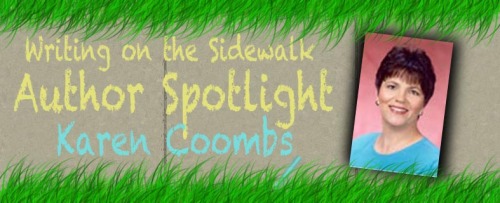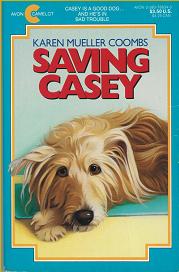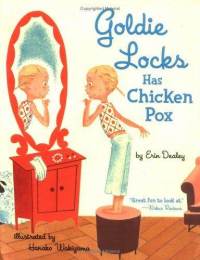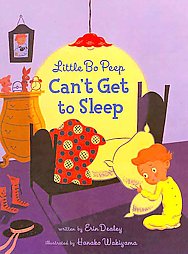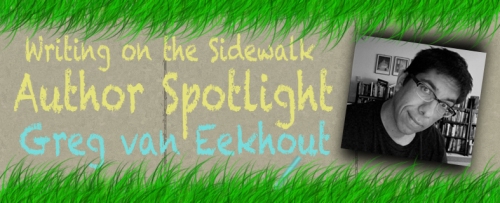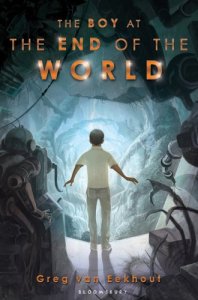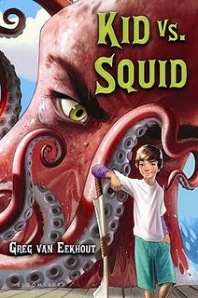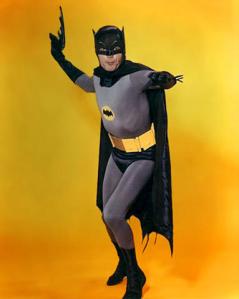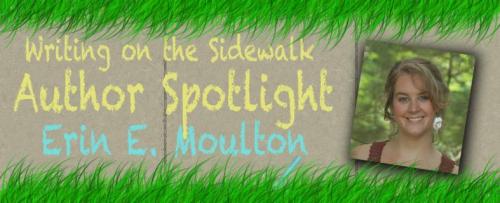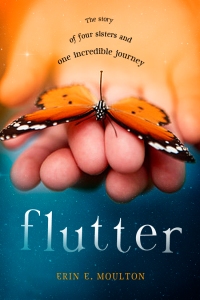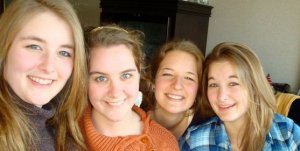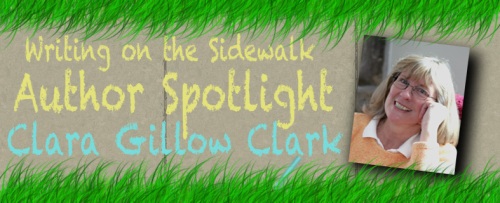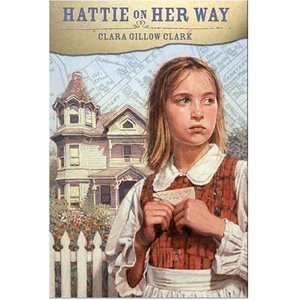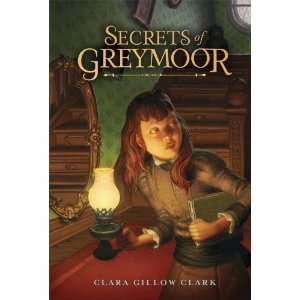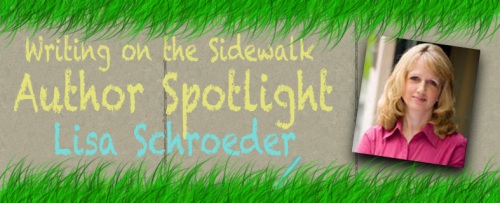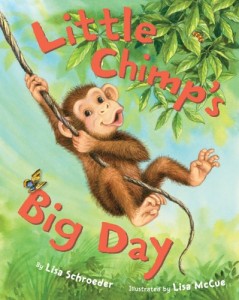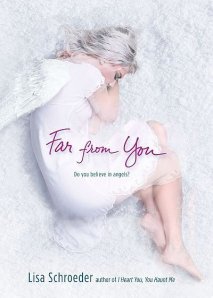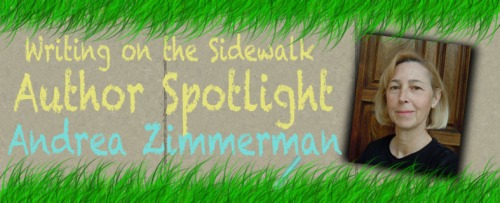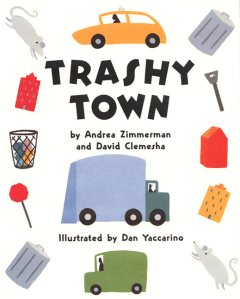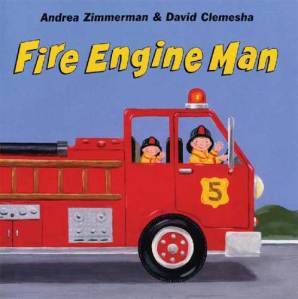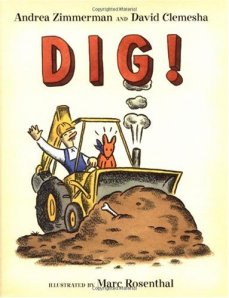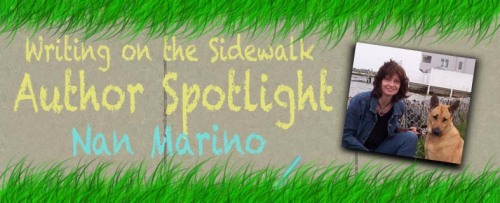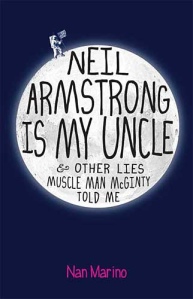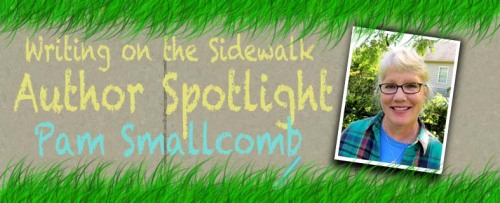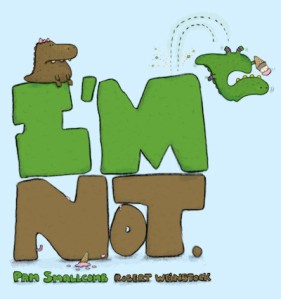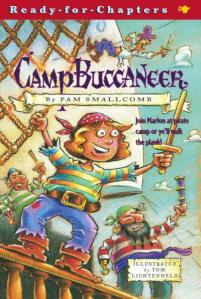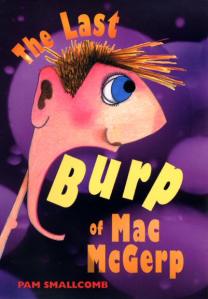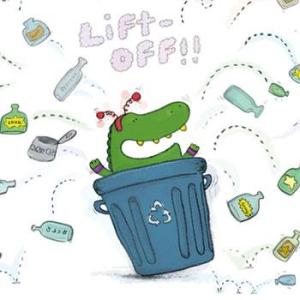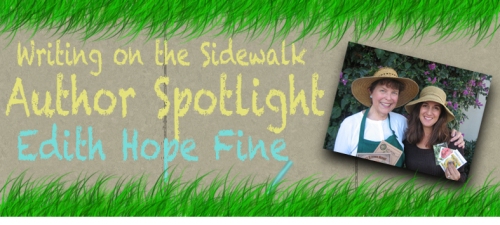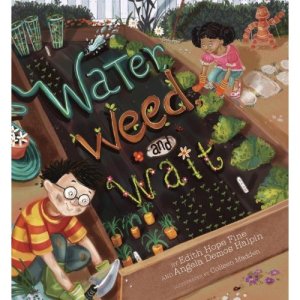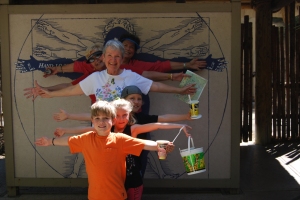The December meeting for our SCBWI- San Diego chapter features local published authors sharing lessons that they have learned throughout the year. This is a highly informative meeting and I always come away feeling truly inspired. This year, local author Karen Coombs shared her experiences of turning an out of print book into the ebook “Bully at Ambush Corner.” I was inspired by her story and invited Karen to visit with us on the Sidewalk

.
Karen’s Bio:
Karen Mueller Coombs is the author of nine published fiction and nonfiction books for children and young adults. Born in Wisconsin and raised in Northern Alberta, Karen is a former elementary school teacher now living in Southern California, where she ice curls and plays golf when she isn’t reading and writing.
Author Spotlight:
WOTS: Can you tell me a bit about your writing process? Do you plot or not?
KMC: I’m definitely not a plotter. I usually have an idea of how I want the story to end, but the road between the beginning and that goal often goes back and forth and around and around. I’m like a night traveler with a lantern that illuminates only a teeny bit of the dark path ahead. Fortunately, both the traveler and I can reach our destinations one step at a time, and if I’ve created characters with enough depth and breadth, and if I love and trust them, they will lead me in the right direction. I admire people who plot out an entire novel, scene by scene, before they write the first sentence. I think I’d lose my enthusiasm for the work if I did that. I seem to work best by hurtling down that dark path and getting excited by the ideas I stumble over on the way.
Because I don’t plot, I once had an unnerving experience. I was working on the first draft of a middle grade novel and was excited about what was going to happen next, but didn’t make a note of it. Why should I? It was such a marvelous idea, I couldn’t possibly forget it. Ri-i-i-ght! Life intervened and I didn’t get back to the story for a few months. By that time, my wonderful plot point had dribbled out of my brain. An excellent—though frustrating—lesson. When you have a brilliant idea, write it down no matter how much you trust your memory!
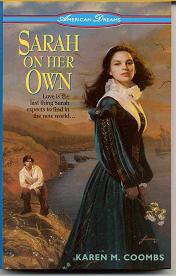
WOTS: Are you working on any new projects that you can tell us about?
KMC: I have quite a few manuscripts underway. Some are picture books, which I’d love to see illustrated and published, but which I forget to submit. (Did I mention brain dribble?)
I have a humorous, young adult contemporary novel circulating among agents and editors. The main characters are two 15-year-old boys. An agent is interested, but wants a revision, which might require me to restore at least one of the two subplots I had previously cut, but which I WROTE DOWN. The story is cleaner without the subplots, but I don’t think it has as much depth, which is what the agent felt too.
Currently, I’m totally engrossed in revising a middle grade historical fiction set in the west in the late 1800s. This has been a long-term project, and I believe this rewrite is the version it was meant to be. Gee, if I were a plotter, I might have reached this point sooner. But by working slowly, I’ve really gotten to know my hysterically funny, rebellious main character (based on a real person) and to enjoy her company longer. When this book is finished, I’ll miss having her rattle around in my head and sharing her hair-brained schemes, which are meant to solve her problems, but which only complicate her life.
The latest project is an eBook collaboration with a group of other published writers. We are banding together and working with an eBook coordinator to update and publish our out-of-print biographies under the series heading Spotlight Biographies.
WOTS: Describe your studio or usual work space for us.
KMC: In high school, I had a home economics teacher who daily drilled us on the maxim, “A place for everything and everything in its place.” Since I’m an organized person who has difficulty thinking straight if I’m surrounded by a mess, in my office everything does have a place. That being said, I’ll confess that when I’m in the middle of a number of different projects, my desk looks like someone tossed a recycling bin on it. However, I am very, very fortunate to have a dedicated office of my own, with lots of desk space to litter, book shelves all around, and all the necessary equipment, paraphernalia, and reference books at hand. I have windows on the south, and French doors on the east looking out on a fountain, whose trickle I find soothing when the writing’s not going well, and which attracts an entertaining parade of birds that ruffle around in the water or sit at the edge and take dainty sips when they aren’t at the nearby bird feeder. Once, flocks of crows decimated the feeder on a regular basis, digging in with their greedy beaks and flinging out the seed as fast as we could add it, so it’s now covered with a plastic grid that allows the smaller birds to go through or behind, but keeps the crows out. It was fun watching the crows’ first visit after the barrier was added, trying to come up with a way to get past it. Now they seldom bother to come. Fast learners, crows.
On my office walls, there is a print of the loaded shelves and the spiral staircase in the Trinity College Library in Dublin for inspiration, two prints by Canadian “Group of Seven” artists A.Y. Jackson and Tom Thomson, which remind me of home, and another of shaggy Highland cattle, which reminds me of my heritage. Writing awards, family photos, and handmade gifts from my children when they were small are scattered around the shelves. But my pièce de résistance is a housekeeping doorknob hanger I pinched from a hotel in Scotland. Whenever I don’t want to be bothered, I close my door to reveal the hanger, which does not say, “Privacy Please,” but the more direct, “Leave me alone.”No one pays it any mind.
WOTS: What profession other than your own would you like to attempt?
KMC: There are quite a few professions I would have loved to attempt. Heck, since I’m still trying to figure out what I want to be, perhaps I’ll still try them!
When I was about to graduate from high school, the career counselor called me in to discuss my career plans. I told her I wanted to be an interior designer. Why? Because I had recently seen a movie that made that job look romantic and exciting. Wonderful logic!
The counselor never looked at my grades to see where I excelled. She never suggested journalism or creative writing, or even teaching, so off I went to college to study interior design, completely forgetting that my tenth grade English teacher had told me I could make my living as a writer. If only I had known how many different kinds of jobs existed in that field.
It wasn’t long before I was getting F in furniture design—because I couldn’t remember a Queen Ann-style leg from a Victorian—and getting A in English and psychology. I ended up becoming a teacher, because I didn’t know there were such jobs as journalist, columnist, or foreign correspondent, careers I might still choose if I go for a do-over.
However (shhhh, don’t tell), my longtime secret, secret dream was to be a singer. A country western singer. What stopped me? The big hair and big skirts they wore back in the day. What stops me now? My voice dribbled away like a certain plot point, going from mellow to screech.
WOTS: What’s one thing that most people don’t know about you?
I’m an avid ice curler who is able to feed my passion because there is a curling league in San Diego. We don’t have a dedicated curling rink, so use arena ice. But for those of us who love the sport, it’s still curling, and we’re grateful to be able to slide, sweep, and, occasionally, crack our heads. Had curling been a viable profession when I was in high school, it would have been my number one career choice, relegating the country western singing to the shower. And if curling had been an Olympic event back then, I would have aimed for that. Two of my loves—curling and the Olympics. Heaven!
And for those of you who think curling is a boring, wussy sport, please join us. You’ll learn how much of the game depends on skill and strategy. And I’ll provide the Tiger Balm.
WOTS: Your recent ebook release, Bully at Ambush Corner, is a revision of a previously published book, can you tell us what led to this decision?
KMC: For a few years, life was crazy and demanding, and I wasn’t able to write. When I returned to it full time, the business had changed. (Plenty has been written about how different it is today for writers trying to sell their work, so I won’t go into that.) Where once my manuscripts would easily have found a publishing house, now I struggled to get an overworked agent or editor to even read them. I am persistent, determined, and a hard worker. (I’m a Taurus, after all.) But my efforts seemed to be getting me nowhere. Frustrated, I began paying attention to all the talk of eBooks, and decided my out-of-print books might be worth converting to that format. From my middle grade novels, I chose Beating Bully O’Brien for my initiation, because the topic of bullying is timely and timeless. I chose BookBaby to design the cover and do the conversions to all formats. After a revision, the greatly improved book, renamed Bully at Ambush Corner, was published on November 1.
WOTS: Can you share some of the highs and lows of republishing a book as an ebook?
KMC: Publishing my ebook was a wild roller coaster ride. The same challenge could fit both the high and low category. For example, for a (recovering) control freak it’s a definite high knowing I had complete control of the entire book, cover included. At the same time, complete control meant I also had full responsibility for the book’s failure or success, because promoting it fell entirely on my shoulders. A definite low.
Getting the perfect cover design was a challenge for me. The first cover samples from BookBaby seemed too busy and the characters didn’t match their descriptions. I ended up spending hours and hours on Photoshop designing the cover myself. A downer. But the final results are exactly what I had in mind. An upper.
Release day was more anxiety-producing than for any of my previous eight books. I knew I hadn’t done as much preliminary promotion as I should have. I wasn’t even sure what kind of promotion I should be doing and was playing catch up as quickly as possible. Then, when I discovered errors in the book, I immediately went into a massive stomach clench. (You can read about that on my blog.)
One difficult aspect of my journey through eBookville is the lack of feedback I’m getting to date. Because I used a third party to convert and submit my manuscript, I don’t get sales figures directly from the booksellers, but have to wait until BookBaby receives them and sends them to me. So I have no idea if or how many books are being sold. Patience. Patience. Gr-r-r-r-r.
The biggest challenge, however, is the promotion itself. It takes oodles of time to contact news outlets, to blog, tweet, and post on Facebook, and, to date, there is little to indicate if my efforts are going out into a big black void of silent indifference. An invitation to guest on another blog, such as Writing on the Sidewalk, is a massive high.
Weighing the highs and lows, would I do it again? Sure. It’s great knowing my out-of-print books can be made available to a new generation of readers. Double darn sure I’d do it again if sales reports indicate I might actually earn some money. And since we’re already moving ahead with the Spotlight Biographies series, whose first book is soon to be released, I guess I’m committed. Here’s hoping.
WOTS: We here at Writing on the Sidewalk tend to procrastinate with our writing, where do you fit in Procrastinator or Proactive?
KMC: Both. When I have a book underway, I’m eager to get to my office and write. In between, not so much. I’ll dither and dawdle, toy with different ideas, organize a lot of cupboards and drawers, play computer games, and read. And that last act is the one that gets me back to my desk. Then, once I have seat of pants on seat of chair, I remember how much fun writing is and I get enthusiastic about a new idea, a new book. So, for me, first comes the perspiration, then the inspiration. If I waited to be inspired, I’d never write. Occasionally I’ll come up with an idea that sends me scampering to my computer, which is what happened with my current YA contemporary, but usually I dive in first and then I get fired up about my work.
A quotation by Emerson is posted above my desk: “May the work that you do be the play that you love.”
When it comes to my writing, that says it all. Now excuse me while I go and play.
WOTS: Thanks Karen for visiting with us today.
Happy Reading,
Suzanne Santillan
Writing on the Sidewalk
